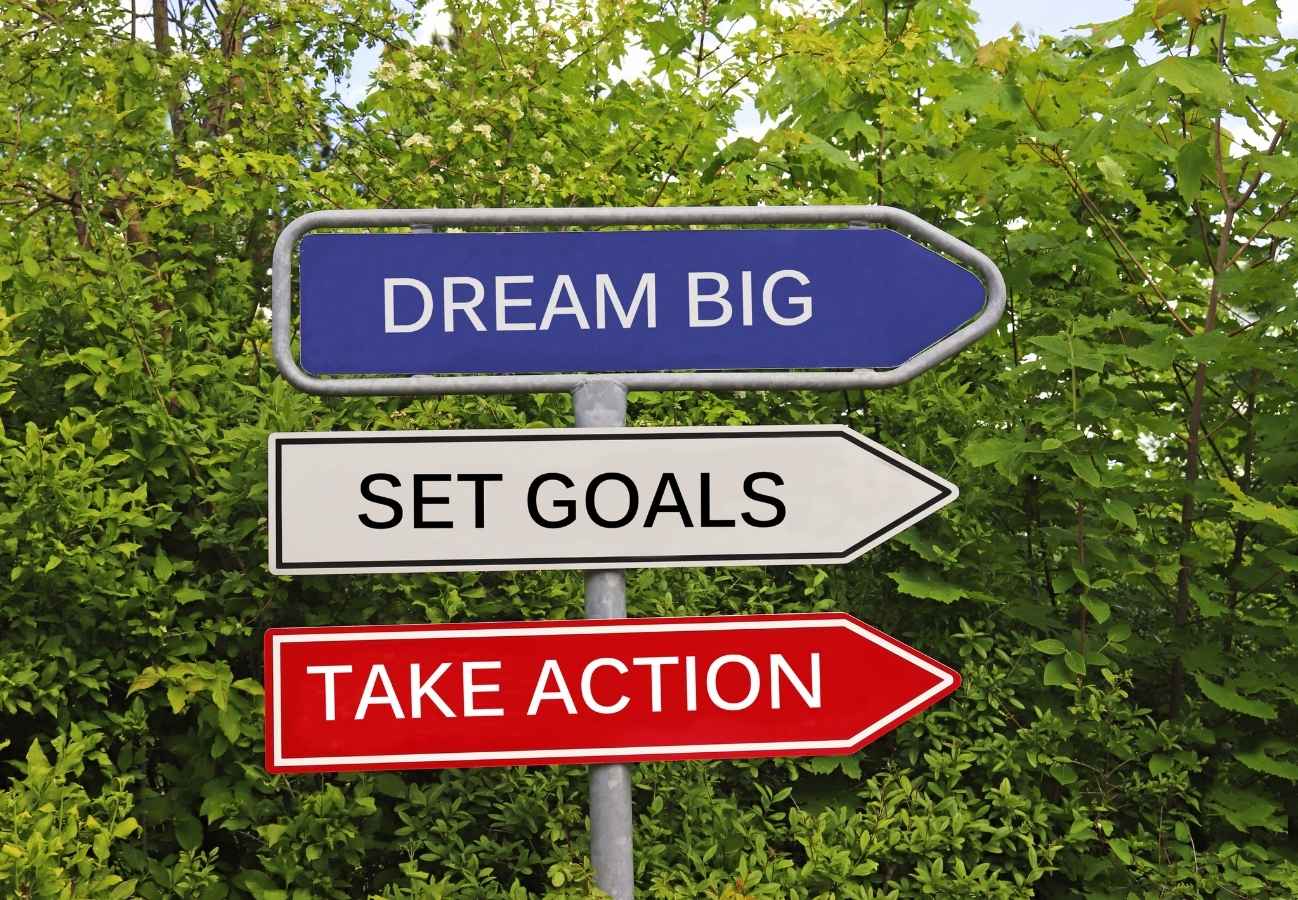What Is Teacher Growth?
Teacher growth is the ongoing process of developing skills, mindset, and practice as an educator. It involves improving how teachers teach, expanding what they know, and evolving their role beyond knowledge delivery to learning facilitation.
Growth isn't linear. Educators don't master teaching and stop. The best teachers remain curious, reflective, and willing to change throughout their careers.
Why Teachers Need to Grow Professionally
Education is changing faster than ever. What worked a decade ago doesn't work today. Students need different skills. Technology has shifted how information flows. The teacher-as-expert model no longer holds.
But here's what hasn't changed: students need adults who can guide their learning, not just deliver content.
That shift - from deliverer to guide - requires intentional growth.
Teachers who don't grow professionally often experience:
- Burnout from repeating ineffective patterns
- Disconnection from students
- Loss of passion for teaching
- Stagnation in career opportunities
Educators who commit to growth report higher job satisfaction, stronger classroom results, and more career options.

Areas of Growth for Teachers
Teacher growth happens across multiple dimensions. Here are the core areas where development matters most:
Self-Awareness and Mindset Transformation
Educators can't improve what they don't examine.
Self-aware teachers understand their strengths, blind spots, teaching biases, and patterns. But awareness alone isn't enough. Real growth requires transforming the underlying mindset - the beliefs about teaching, learning, and the learner.
This means examining fundamental questions: What is my image of the child? Do I see students as empty vessels to fill or as capable humans with their own intelligence? Do I see myself as the authority who delivers knowledge, or as a guide who facilitates discovery?
These beliefs shape everything - classroom structure, how teachers respond to mistakes, what they celebrate, how they design learning.
How teachers can become more self-aware:
- Keep a teaching journal focused on assumptions
- Question teaching attitudes: "Why do I do it this way?"
- Study different images of the learner (Montessori, Reggio Emilia, constructivism)
- Reflect on which students thrive in their classroom and which struggle -what does that reveal?
Self-awareness is the foundation. Without it, new techniques are just surface changes.
Pedagogical Skills and Neuroscience of Learning
Knowing the subject is essential. Knowing how to teach it is mastery. But the deepest mastery comes from understanding how humans actually learn.
The last few decades of brain science have revealed crucial insights about memory, attention, emotion, and learning. Effective teachers ground their practice in this research, not just tradition or habit.
Core areas for pedagogical growth:
- How learning actually works (neuroscience foundations)
- Memory formation and retrieval
- The role of emotion and safety in learning
- Differentiation based on how brains develop
- Formative assessment and feedback loops
- Student engagement through relevance and meaning
Understanding the neuroscience of learning is the groundwork. It explains why certain approaches work and others don't. It gives teachers a framework for designing experiences that align with how brains naturally learn.
Review the hub page we've prepared to help you navigate through theories related to learning and education: Learning Theories
Becoming Learners Themselves
Teachers can't foster deep learning in students if they've stopped learning themselves.
The best educators model what it means to be a learner. They stay curious. They read. They try new things. They admit when they don't know. They learn alongside their students.
This isn't just inspirational - it's practical. Teachers who actively learn stay adaptive. They understand what struggle feels like. They practice the same metacognitive skills they're asking students to develop.
Ways teachers can stay as learners:
- Read books and research in education and learning science
- Learn something outside their content area (language, instrument, craft)
- Engage with new ideas even when uncomfortable
- Join communities focused on growth, not just sharing resources
- Document their own learning process
When teachers embody learning, students notice. The classroom becomes a community of learners, not a performance of expertise.
Explore strategies to help you develop yourself as a teacher: Teaching Strategies
Adaptability and Innovation
Rigid teachers struggle. Adaptive educators thrive.
Adaptability means staying flexible in methods while remaining grounded in values. It means trying new things, learning from failure, and adjusting based on results.
Innovation doesn't mean using the latest tech gimmick. It means finding better ways to help students learn.
Communication and Collaboration
Teaching can feel isolating, but it shouldn't be.
Growth accelerates when educators learn from peers, share struggles, and co-design solutions. The best professional development happens through conversation, not workshops.
Ways teachers can grow through collaboration:
- Join or start a professional learning community
- Observe other teachers and invite observation
- Co-plan lessons with colleagues
- Share work publicly (blog, social media, conferences)
Technology Integration
Teachers don't need to be tech experts. But they do need to understand how digital tools reshape learning.
Technology should extend what's possible - not replace human connection. When used well, it enables personalized feedback, creative production, global collaboration, and access to resources.
Some key questions:
- Which tools create real value for learners?
- How do educators use these tools to serve students better?
Finding Leadership Opportunities as a Teacher
Leadership isn't a title. It's a way of being.
Teachers lead when they:
- Model reflective practice for peers
- Mentor struggling colleagues
- Advocate for better systems
- Share what they learn publicly
Teacher leadership is how schools actually improve. Change doesn't come from mandates. It comes from trusted educators showing what's possible.
Every teacher may find opportunities to lead - whether in their grade level team, department, school-wide initiatives, or in broader education communities online. The areas of growth for teachers also provide a path to becoming effective leaders in learning communities.

How to Grow as a Teacher: Practical Strategies
Growth requires intention. Here's how educators approach it systematically:
Step 1: Identify the Growth Edge
Teachers can't work on everything at once. Effective growth means picking one area that matters most right now.
Maybe it's classroom management. Maybe it's giving better feedback. Maybe it's transforming their image of the learner. Maybe it's staying connected to purpose.
The question: What frustrates this teacher most about their teaching right now? What shift would make the biggest difference?
Step 2: Set a Specific Learning Goal
Vague goals don't work. "Get better at differentiation" is too broad.
Instead: "Design three tiered activities this month and gather student feedback on each."
Or: "Read one book on neuroscience of learning and apply three principles in my classroom."
Specific goals create clear action steps and measurable progress.
Step 3: Find High-Quality Resources
Not all professional development is equal. Teachers should seek out:
- Research-based practices (not just trends)
- Peer-reviewed books and articles on learning science
- Trusted educator communities
- Experienced mentors or coaches
Skip the compliance workshops. Find learning that connects to actual work.
Step 4: Experiment in the Classroom
Growth happens through practice, not just study.
Teachers try the new strategy. Gather feedback. Reflect on what happened. Adjust and try again.
This is how adults learn - through cycles of action and reflection.
Step 5: Reflect on Growth and Iterate
After trying something new, teachers ask:
- What worked?
- What didn't?
- Why?
- What will I change next time?
- What did this reveal about my assumptions?
Reflection turns experience into wisdom.
Teacher Growth and Career Development
There are several alternative pathways forward for teachers.
Instructional Coach
Support other teachers' growth. Work one-on-one to improve practice. This role requires deep pedagogical knowledge and strong people skills.
Curriculum Developer
Design learning experiences at scale. Shape what gets taught and how. Good for teachers who love planning and systems thinking.
Mentor Teacher
Guide new educators through their early years. Transfer wisdom. Reduce turnover. One of the most important roles in education.
School Leadership
Become a principal, assistant principal, or department head. Influence culture, policy, and systems. Requires additional training but opens doors to broader impact.
Educational Consultant
Work independently to support schools, districts, or organizations. Bring classroom expertise to transformation projects.
EdTech or Innovation Roles
Help build tools and programs for educators. Teaching experience becomes invaluable in designing what actually works.
Leadership doesn't mean leaving students behind. It means expanding influence.
Staying Connected to Purpose as a Teacher
Here's what no one talks about: teachers can master technique and still feel empty.
Teaching is more than skill. It's a calling.
The educators who last aren't necessarily the most skilled. They're the ones who stay connected to why they started.
Ways teachers reconnect with purpose:
Remember the why. What made them want to teach? What impact did they hope to have?
Find beauty in small moments. A student's sudden insight. A question that surprises them. A breakthrough after weeks of struggle.
Protect energy. Say no to things that drain. Teaching requires full presence. Educators can't give what they don't have.
Spend unstructured time with students. Lunch conversations. Clubs. Casual moments. This is where connection lives.
Keep a gratitude practice. One thing each day to feel proud of or grateful for. It shifts what teachers notice.
Joy isn't a luxury. It's survival.
How LearnButWhy Supports Teacher Growth
LearnButWhy exists because teachers deserve better than compliance-driven professional development.
We're building pathways that honor educator expertise, support transformation, and connect teachers with others doing the same.
The Mindshift Training Program
Structured modules on neuroscience of learning, image of the child, teaching postures, reflection practices, and peer support frameworks. Designed to shift how educators think about teaching, not just what they do.
Learn more: Courses and Training Programs
The Learning OS for Educators
Practical tools and templates for designing brain-aligned learning experiences. Includes reflection prompts, metacognitive frameworks, and collaboration structures.
Peer Learning Communities
Ongoing support groups where educators think, reflect, and grow together. Not another meeting—a space for real transformation.
Learn more: Building Your Learning Community
Start with the Educator Mindset Assessment
Teachers can map where they are and identify their growth edge with the Mindset Assessment. It assesses current approach across key dimensions and gives a personalized roadmap.
Teacher Growth Is Continuous
Educators don't arrive at mastery and stop. The work itself is alive.
Students change. Knowledge evolves. Understanding deepens. Growth is the path, not the destination.
The question isn't whether teachers will grow. It's whether they'll grow with intention.









